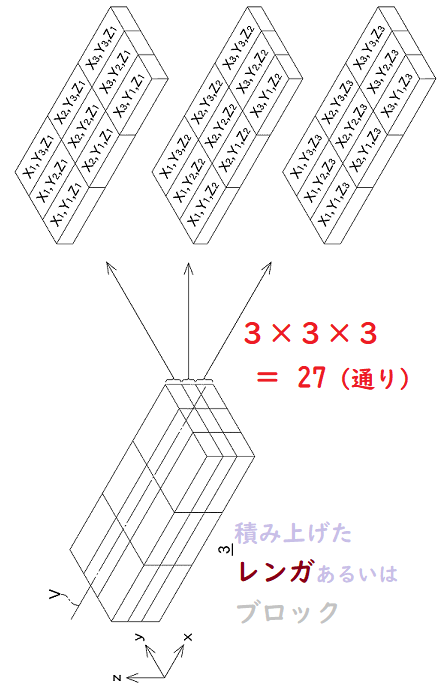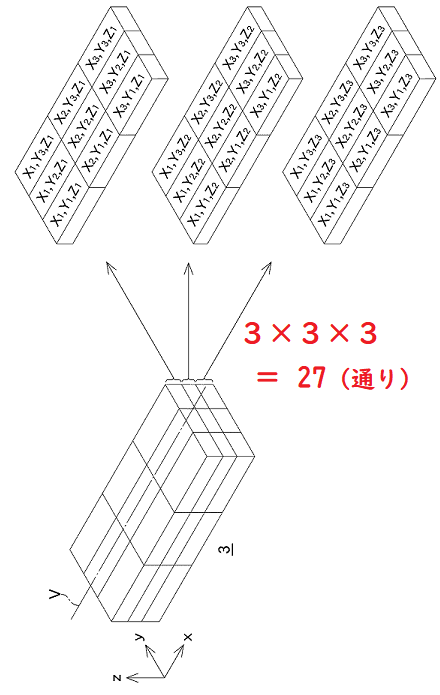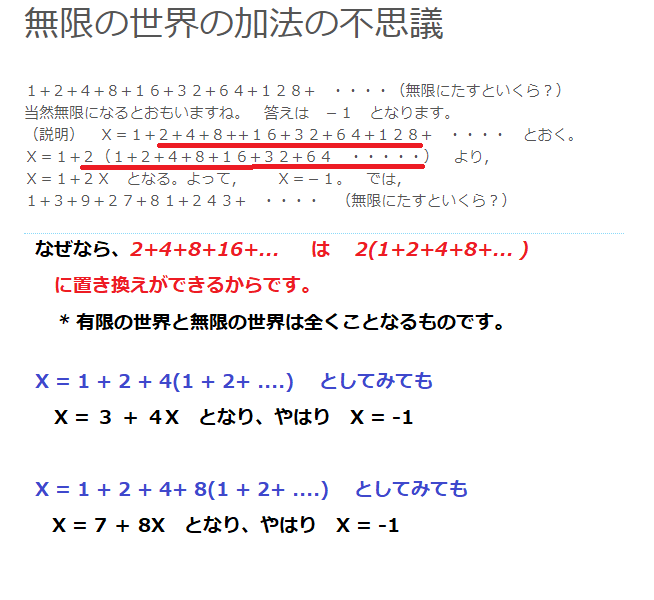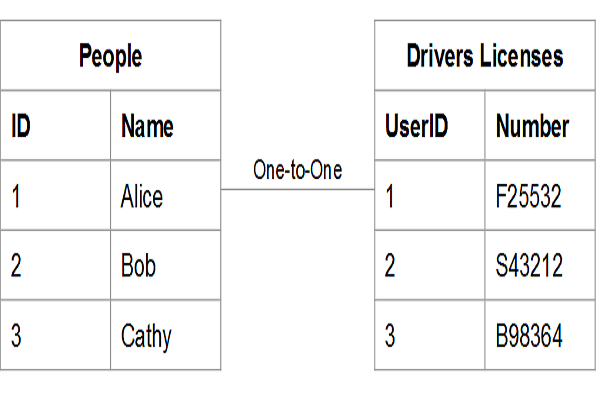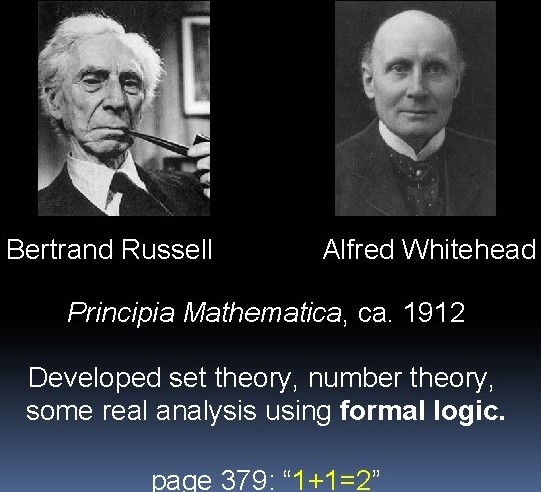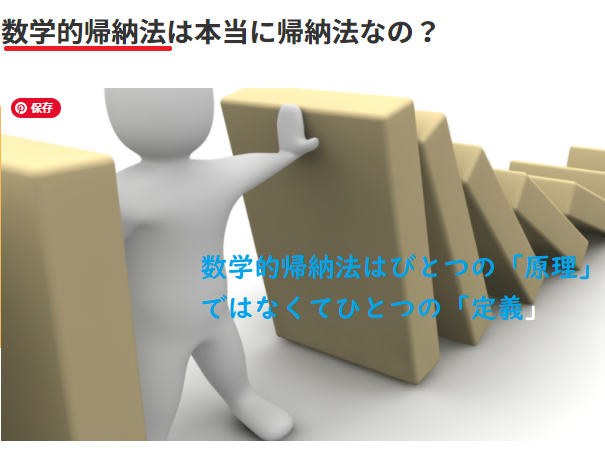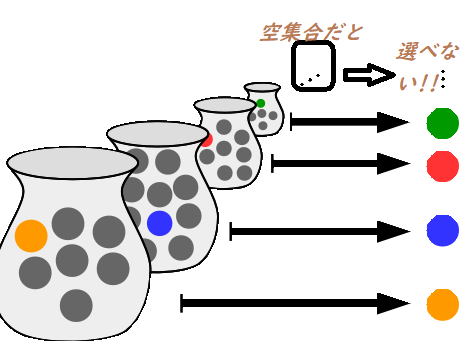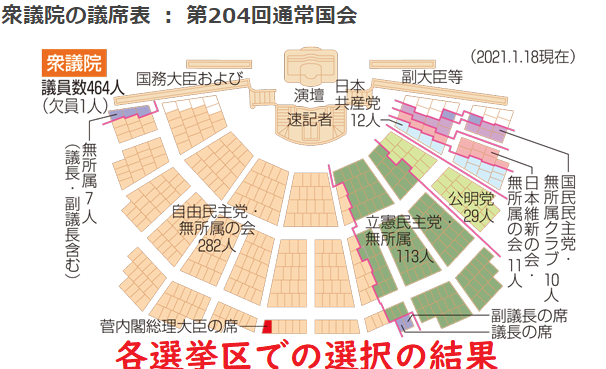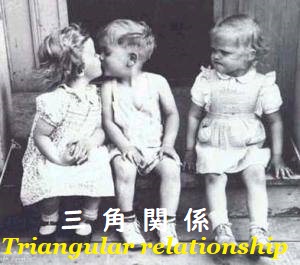
二つの関係数が順序的に類似している場合、それらの関係数は同じ「構造」を成立させる(generate 生じさせる,生む)と言うことができる。しかし「構造」はそれ(順序的に類似)よりもいくらか一般的な概念である。なぜなら構造は「2項関係」(dyadic relations 二つの項の間の関係)に限られないからである。 三つあるいは四つの項の間の関係は幾何学において重要であり、ホワイトヘッド(注:ラッセルの共同研究者)が『プリンキピア・マテマティカ(数学原)理』 の第四巻でそれを扱う予定であったが、そのための準備の仕事をかなりやった後に彼の興味が衰え、彼はその仕事を捨てて(flagged)哲学に向った(he abandoned the enterprise for philosophy/参考:abandon computers for Internet-enabled mobiles コンピューターを見捨てて、インターネット接続可能の携帯に乗り換える)。けれども、構造の概念がいかにして一般化されうるか(することができるか)を理解することは割合容易である。PとQとはもはや二項関係でなく三項関係だと仮定しよう。そういった関係(三項関係)には、多くの馴染みの例がある。。たとえば「の間」とか、「嫉妬」とか言う関係である(訳注:”between and jealosy”:この表現はネットで調べてもでてこないが、内容は明らかであろう。つまり、母親と二人の子供の間といった親子関係においても、男女関係においても、3人の間には(between)、ねたみや嫉妬(jealousy)の感情が起こることを例にしていると思われる)。もし、PとQの領域を相関させることができるために、x, y, zが -x, y, z の順序で- Pなる関係をもつときはいつでも、これらの対応項も同じ順序でQなる関係をもち、また、逆も真である場合は、PとQとは同じ構造をもつ、と我々は言う(であろう)。構造は種々の経験的理由(emprical reasonsから重要なものであるが、また純粋に論理的な理由からも重要である。二つの関係(注:両者の関係ではなく、関係Pと関係Q)が同じ構造をもつとき、それらの論理的特性は、それらの範囲の要素(成員)であることに依存するような特性を別とすれば、同一である。私が「論理的特性」と言っているのは、論理学によって「証明」できる特性だけでなく、論理的名辞(logical term)によって「表現」できるものを意味している(訳注:野田氏は、みすず書房刊の訳書で、「論理的名辞で表現されうる特性には限らない」と訳出してしまっている/論理的に証明可能でなくても、論理的名辞で表現できればよいと言っているのに・・・)。たとえば、系列関係を定義する三つの特質、すなわち、関係が非対称的で、移行的で、連関的であるという(3つの特質)の例をとりあげてみよう。これらの特質は論理的名辞で表現可能である。また、そしてある関係がこれらの特質のいずれかもつとき、その関係に順序的に類似せる全ての関係もやはりその特質をもつ。各関係数は、有限であろうと無限であろうと、この数(関係数)を持つあらゆる関係の、一つの論理的特性である。おおざっぱに言えば、ひとつの関係について述べることのできる全て(のこと)は、- その関係を持つ諸項に言及することなく,また,論理的名辞によって表現することのできないいかなる特性をも導入することなく-、あなたが出発するその関係に類似しているいかなる関係についてもまたひとしく真である(訳注:bring in もたらす;提出する)。論理的特性と論理的でない特性との区別は重要である。たとえば、Pが色の間の関係 たとえば虹における色の順序 であるとすると、色の間の関係であるという特性は、Pに順序的に類似せるすべての関係に属するとは言えない。しかし系列的であるという特性は、すべてに属するのである。もっと複雑な例をとれば、蓄音機のレコードとそれの奏する音楽とは、それらをつくっている経験的材料は非常にちがうが、それらの論理的特性に関しては同一なのである。
Chapter 8 Principia Mathematica: Mathematical Aspects, n.18 When two relation-numbers are ordinally similar, we can say that they generate the same ‘structure’, but structure is a somewhat more general conception than this since it is not confined to dyadic relations – i.e. relations between two terms. Relations between three or between four terms are important in geometry, and Whitehead was to have dealt with them in the fourth volume of the Principia, but, after he had done a lot of the preliminary work, his interest flagged and he abandoned the enterprise for philosophy. It is, however, fairly easy to see how the conception of structure can be generalized. Suppose that P and Q are no longer dyadic but triadic relations. There are many familiar examples of such relations, for example, between and jealousy. We shall say of P and Q that they have the same structure if their fields can be correlated so that whenever x y z, in that order, have the relation P, their correlates, in the same order, have the relation Q, and vice versa. Structure is important for empirical reasons, but there are also purely logical reasons for its importance. When two relations have the same structure, their logical properties are identical, except such as depend upon the membership of their fields. I mean by ‘logical properties’, properties such as can be expressed in logical terms, not only such as can be proved by logic. Take, for example, the three characteristics by which serial relations are defined – viz. that they are asymmetrical, transitive and connected. These characteristics can be expressed in logical terms ; and if a relation has any one of them, so has every relation which is ordinally similar to it. Each relation- number, whether finite or infinite, is a logical property of any relation which has this number. Broadly speaking, anything that you can say about a relation, without mentioning the terms between which it holds and without bringing in any property that cannot be expressed in logical terms, will be equally true of any relation similar to the one with which you start. The distinction between logical and other properties is important. For example, if P is a relation among colours – such, for example, as their order in the rainbow – the property of being a relation between colours will not belong to all relations ordinally similar to P; but the property of being serial, will. To take a more complex illustration: a gramophone record and the music that it plays are indistinguishable as regards their logical properties although the empirical material of which they are composed is very different in the two cases.
Source: My Philosophical Development, chap. 8:1959.
More info.:https://russell-j.com/beginner/BR_MPD_08-180.HTM

